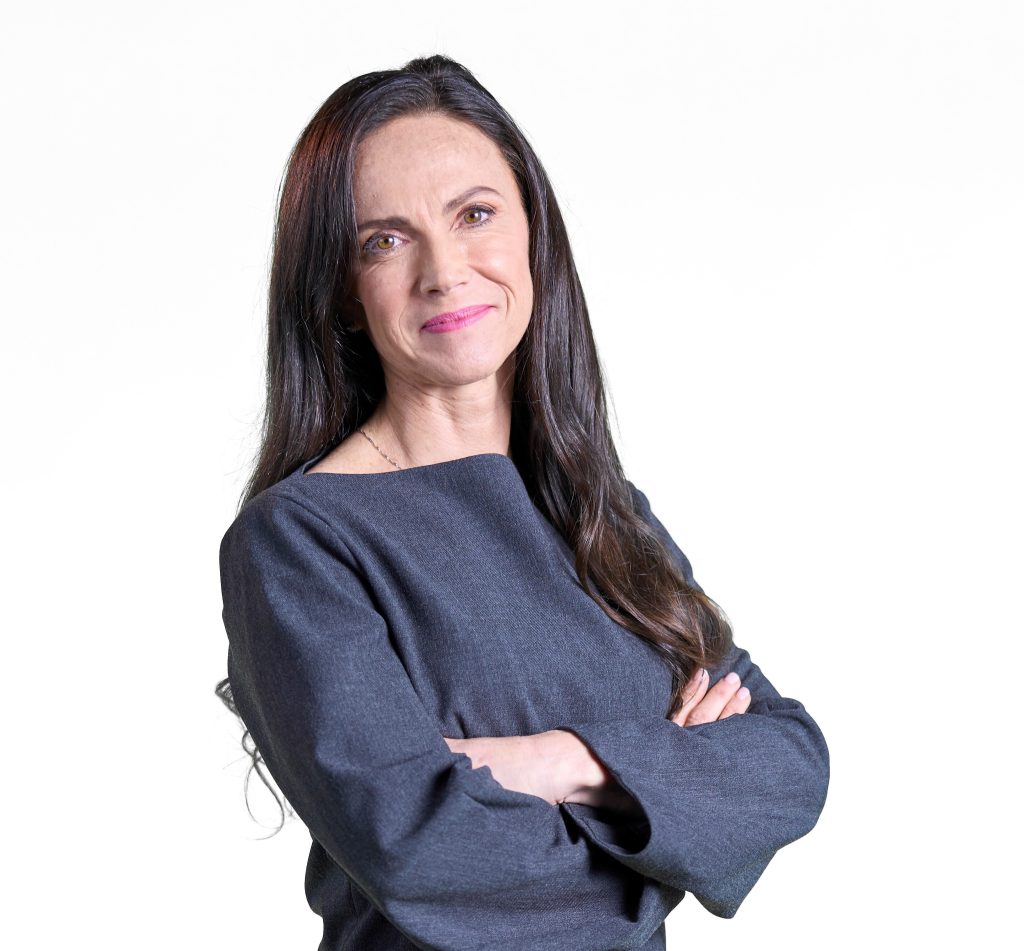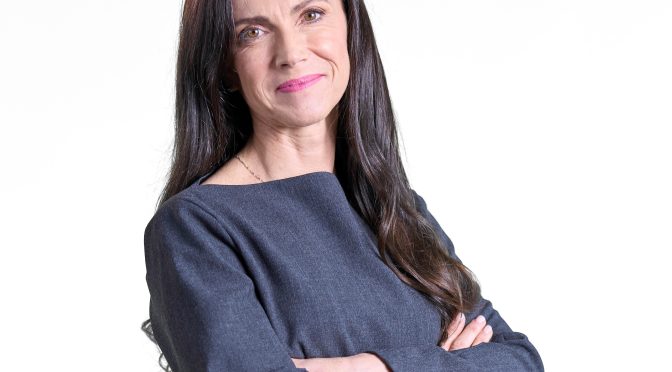The Board of Directors of the Wind Business Association (AEE) has unanimously elected Rocío Sicre del Rosal as president, who replaces Juan Diego Díaz, who has held the position since 2020.
A key period is opening for wind energy and its consolidation as a leading technology in the Energy Transition, where Sicre has highlighted as objectives the increase in installed wind power in order to comply with the PNIEC, the take-off of floating offshore wind in Spain, the increase of electrification, as well as maintaining leadership to advance the energy transition with industrial and technological autonomy.
The Board of Directors of AEE, meeting on April 23, has unanimously elected Rocío Sicre as president of the association. Sicre holds the position of General Director of EDPR Spain. She has a degree in Economics and Business Sciences, specialization in Finance, from CUNEF, and PMD from IESE. She joined EDPR as Global Financial Director in 2006. Currently, in addition to collaborating with other associations, she promotes a multitude of initiatives to promote female talent, such as the Empowering Women’s Talent program and the launch of Womeng, which is aimed at inspiring girls. to pursue careers in STEM.
After her appointment, Rocío Sicre stated that she begins this new stage as president of AEE with great enthusiasm, having crucial years ahead for wind energy and its consolidation as a key technology. “We start from a leading position as the first technology in the mix and more than 30 GW installed in the country. However, we have great challenges to address and AEE will be at the service of the wind sector value chain with its more than 350 associated companies.”
Regarding the situation of the wind sector, Sicre highlights that “the current pace of wind installation is lower than that necessary to achieve the objectives set out in the PNIEC for 2030. The installation of less than 700 MW in 2023 is an uninspiring figure, but We hope that in 2024 and the following years we can -at least- double this figure. Furthermore, the wind sector is confident that 2024 will be the year of floating offshore deployment. Spain is an international reference. Regulation, planning, procedures and, ultimately, the approach to actions aimed at advancing the energy transition must take into consideration industrial and technological autonomy as one of its fundamental pillars. “We are facing a period of necessary industrial and technological defense in Europe.”
In relation to the main challenges of this new stage, Sicre points out: “We have great challenges ahead. The first is the increase in electricity demand. Working on electrification policies is probably one of the most important tasks we face as a sector. Distribution networks are a key element in this electrification process. Investment in networks must increase to adapt them to new needs. The administrative processing of wind projects is the subject to be improved by companies, administrations, territories and their citizens. We must increase the current pace and we must do so in a stable, predictable way and with a long-term vision. And another great challenge is the social acceptance of the projects: working rigorously, establishing dialogues without leaving anyone behind and learning from good practices.”

For his part, Juan Diego Díaz has made an assessment of his 4 years as president of AEE: “In these 4 years of presidency, we have faced the implications for the wind sector of a pandemic, of a war with an unknown impact. since the 1970s in energy prices, unprecedented inflation, brutal logistical challenges, including blockades in the main maritime communication routes, drastic changes in global geopolitics that have led nations to adopt protectionist policies, an unprecedented attack on the Spanish wind sector by Chinese manufacturers, a judicialization of wind promotion as we had not known, the impacts of tremendous volatility in the demand and prices of electricity and the management of the first steps of the floating offshore technology. Despite everything, today AEE has a greater representation of the sector, it has established a very close collaboration framework with the different Spanish administrations, it has increased its presence in Europe, correctly representing the voice of the Spanish wind sector and most importantly: today we are “More than 40,000 people work in the wind sector and we generate 6,000 million euros of GDP.”
Díaz highlights that “AEE’s success is based on a solid team, partners involved through work groups with exceptional production and governing bodies with high decision-making capacity and consensus. There is still a long way to go, but what has been achieved in these 4 years makes us see the future with optimism with the clear objective of making wind energy the energy pillar of Spain.”
The AEE team and associates appreciate the work and dedication of Juan Diego Díaz during his mandate, and welcome Rocío Sicre, who will contribute her extensive knowledge and experience in the sector for its advancement and development as a leading renewable technology in the coming years. years.


